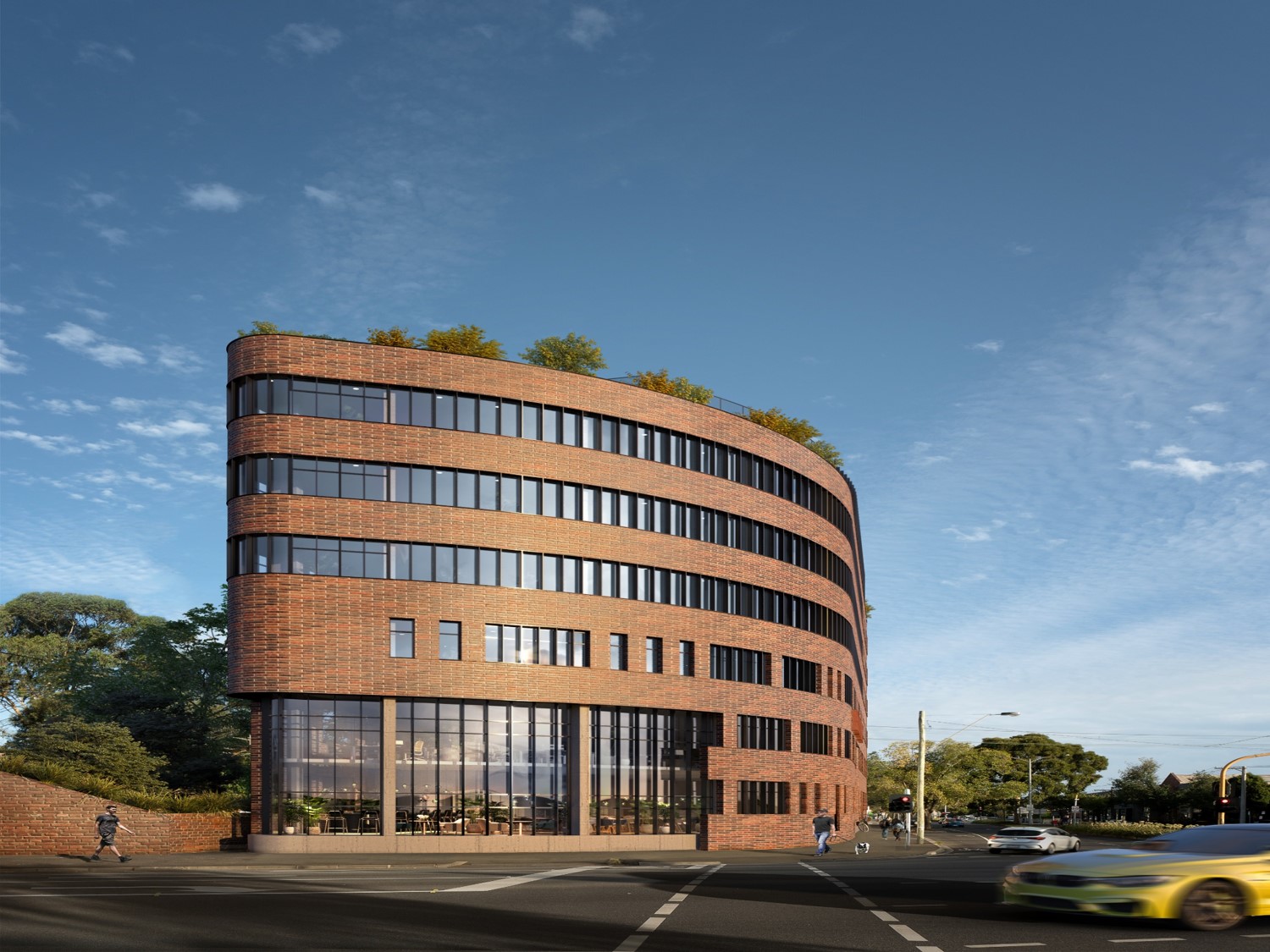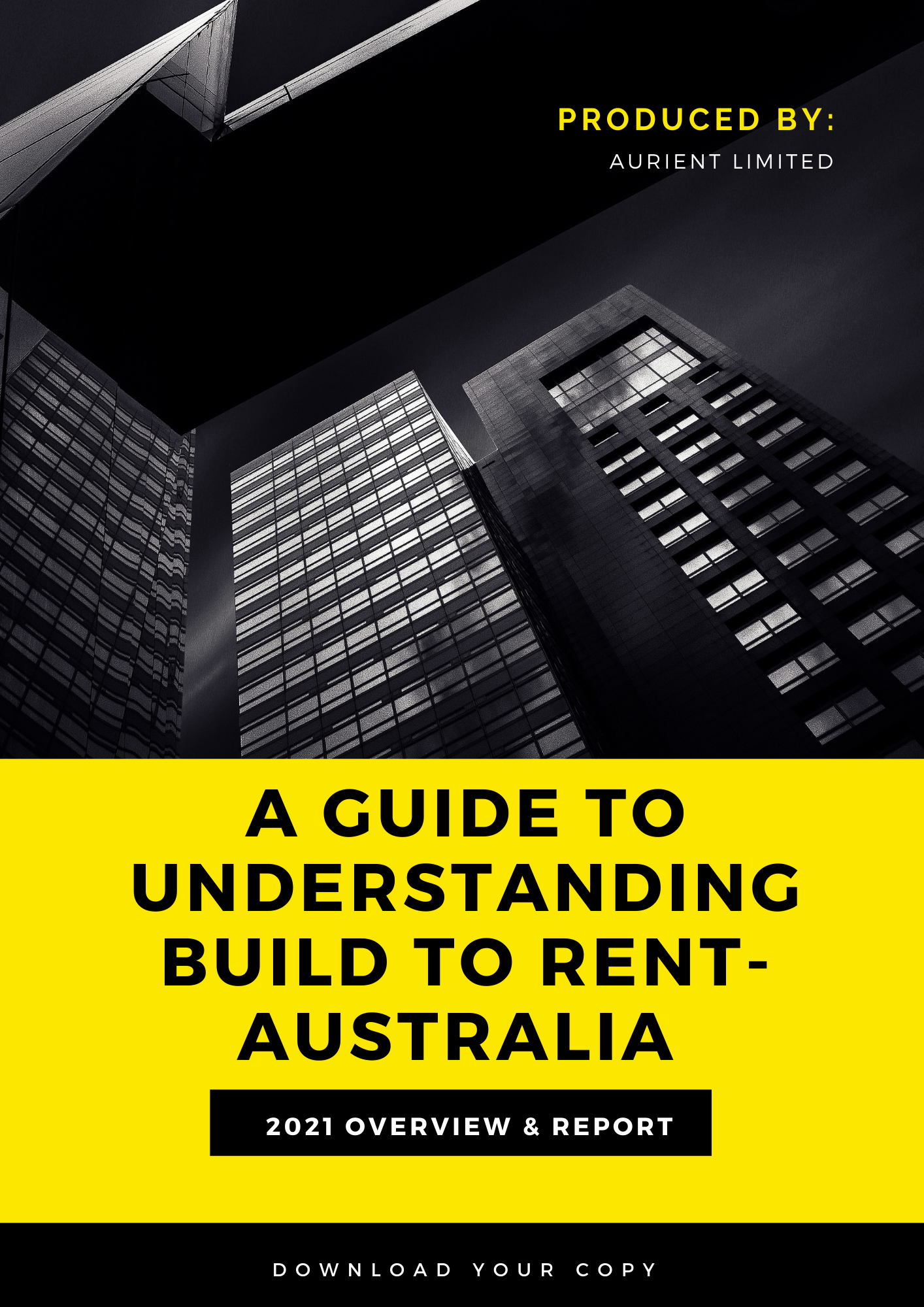Build to Rent (BTR) development could change the way Australians live and in a post-Covid world could be the path to unlocking billions in investment.
Hardly a week goes by without yet another announcement of a new Build to Rent fund entering the sector, which is quickly losing its image as a developing area and moving into the mainstream.
Warnford said the firm has deep global expertise in residential and BTR developments, operations and investments with substantial platforms in the USA and Europe.
The company’s head of living, Sam Bisla, says “Hines, along with the largest institutions, has seen the long term defensive nature of the asset class during a turbulent time. We see an investment window in Australia strategically building our pipeline.”
More Australian developers are catching on. Stockland is completing a strategic review and has flagged a shift into the area.
Mirvac has been a trailblazer in the listed company sector and says that their first BTR asset in Sydney’s Homebush Bay is 80% leased and renting at a premium.
Perri has secured a prime suite in South Melbourne.

The rush of all the big players, accompanied by smaller property groups looking at lower numbers or scale of project, has driven two effects.
Firstly, BTR is now firmly on the radar of big institutional investors, who will be crucial to backing projects, and the idea is increasingly permeating through to consumers.
Objectors for the concept say the Australian love of owning their own home by opening the door for large institutions to play a significant role as landlord to residential tenants may not work at the scale it works in other countries.
However, homeownership rates have been dropping for decades in Australia, and the affordability issue simply rules out many from getting a foothold on the property ladder.
Secondly, the “old style” of renting was not a long term and viable option.
If you - as a tenant - wanted to put up pictures, the landlord most likely would refuse.
If the landlord wanted the house/flat back, you would be evicted.
Your rents could be raised at any time on the expiry of the initial lease.
But if you wanted to leave, you were locked into your lease.
You had to purchase all your own furniture! And refrigerator.
Which may or may not fit or suit your next place.
No wonder so many tenants consider renting a form of ‘hell on earth’.
And yet landlords claim the returns are too low!
In many ways, it’s a no win game for both parties.
But the landlord does have the chance at least of making capital growth.
But if you as a tenant wanted a lease longer than 12 months, the owner/landlord would most likely refuse.
There is no security of tenure for tenants.
Some say land prices are too high now, and new entrants into the BTR field may struggle as it becomes harder to acquire sites and make a scheme stack up.
However, the chief executive of Fraser’s Anthony Boyd says the younger generation is shifting away from property ownership.
“There is a bubble of the population that sees BTR as a really attractive alternative”, he said. “It’s not going to take over the build to sell market but as an adjacency, I think there’s strong support in demographic terms.”
He said cities needed diversity of housing but there were headwinds including tax settings and getting large enough to attract big investors.
Qualified individual investors may be able to get involved at an early stage by way of a private placements with middle sized developers, take a share in the project, and hold for the medium term, without all the costs , fees and taxes involved with individual ownership.
Exit would be by way of sale of their shares or the asset being sold, and a number of investors are looking to make windfall gains by getting in early to this new and promising asset class in Australia.
In preparing this website Citylife International Realty Limited ("The Company") has relied upon information provided by the various partners and information that is publicly available. The material on this website has been prepared for informational purposes only should in no event be construed as a solicitation or offer; as investment, legal, tax or other advice; or as a recommendation to buy, sell or engage in any transaction whatsoever. Offers to sell, or the solicitations of offers to buy, any security can only be made through official offering documents that contain important information about risks, fees and expenses.




